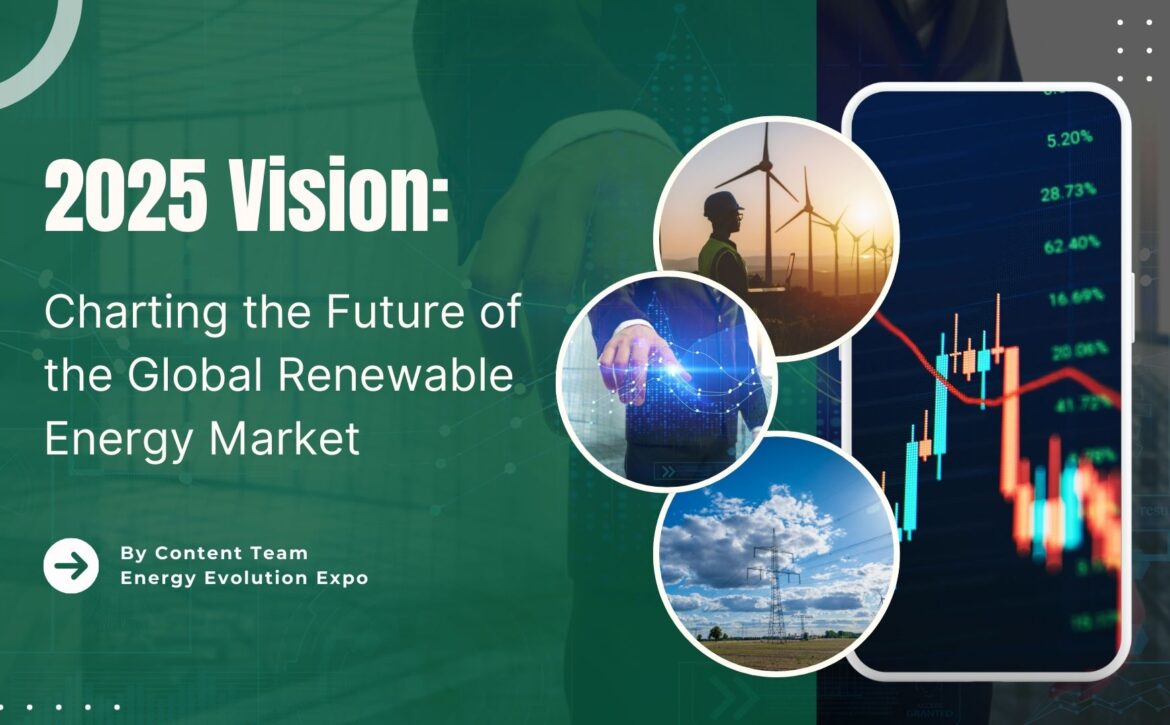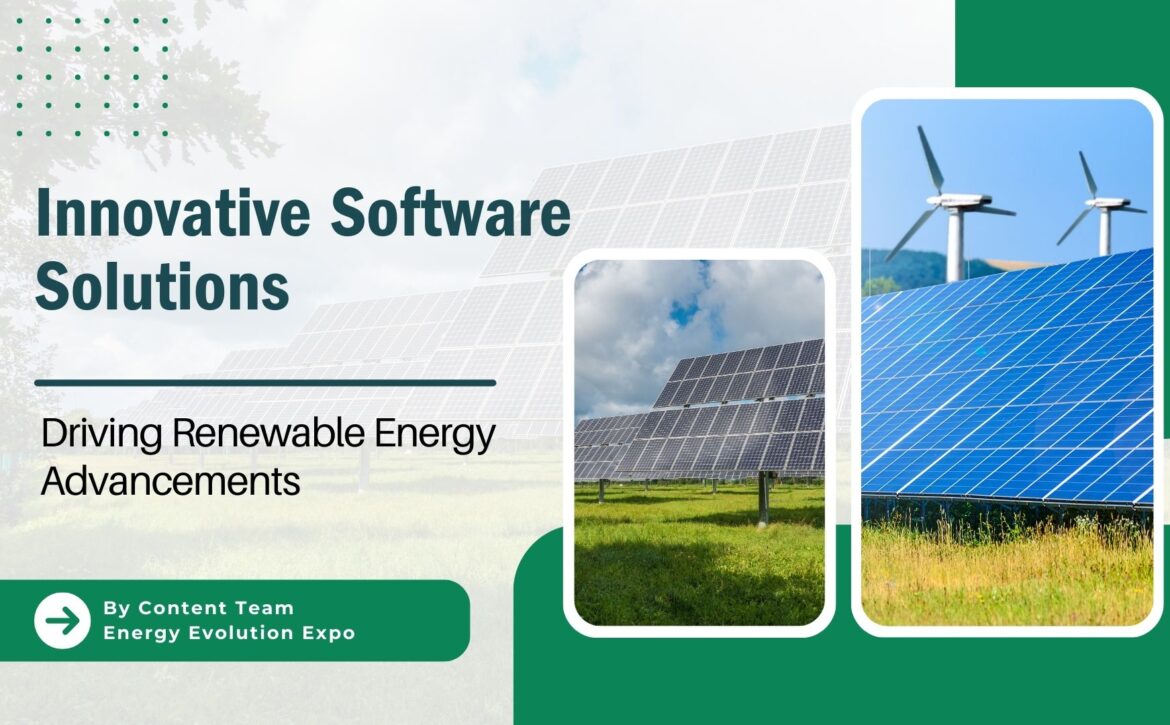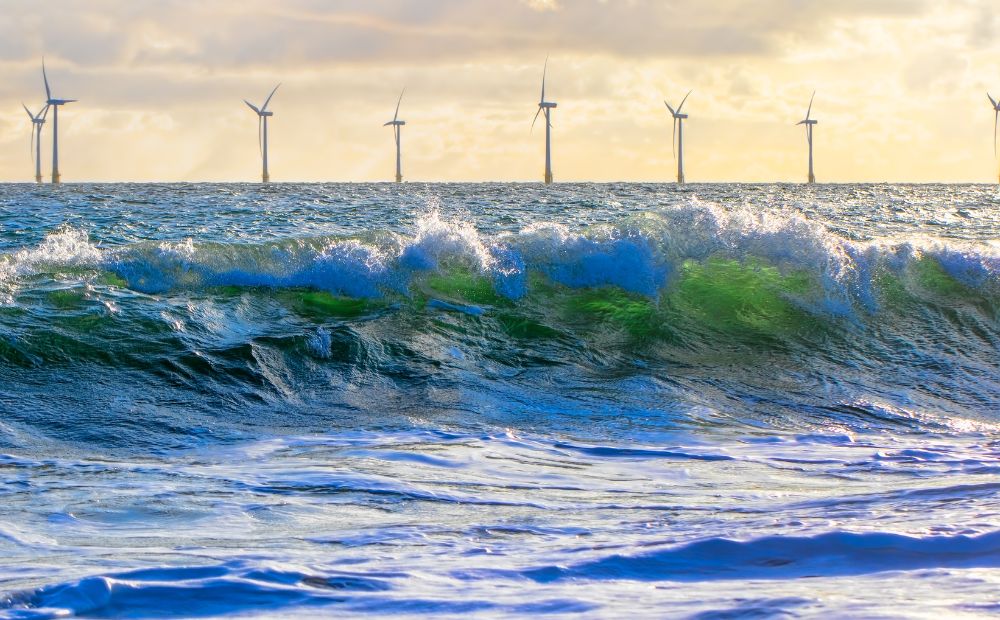Networked Geothermal Power: A Synergy Between Cutting-Edge Technology and Eco-Conscious Design
As cities around the world strive to reduce their carbon footprints and embrace renewable energy, innovative solutions are emerging to address the complex energy needs of urban environments. One such solution is networked geothermal power, also known as district geothermal heating and cooling.
This technology has the potential to revolutionize how cities manage their energy by providing a more sustainable, efficient, and resilient alternative to traditional heating and cooling methods. In this blog, we will explore what networked geothermal power is, how it works, its benefits, challenges, real-life applications, and companies leading the charge in this innovative sector.
What is Networked Geothermal Power?
What is Networked Geothermal Power?
Networked geothermal power refers to a system where multiple buildings are connected to a shared geothermal energy network, providing heating and cooling across an urban area. Unlike traditional geothermal systems, which typically serve single buildings, networked geothermal systems create a grid of geothermal wells and heat pumps that distribute thermal energy efficiently across multiple properties.
This system is part of a broader category known as district energy systems, which can be powered by various renewable sources, but geothermal offers unique advantages due to its consistent and reliable energy supply.
How Does Networked Geothermal Power Work?
How Does Networked Geothermal Power Work?
The basic principle behind geothermal power is the use of the Earth’s stable underground temperatures to regulate building temperatures. In a networked geothermal system:
1. Geothermal Wells: Multiple wells are drilled into the ground to access the stable temperatures several feet below the surface. These wells are interconnected and serve as the primary source of heat exchange.
2. Heat Pumps: Each building in the network is equipped with a heat pump, which transfers heat between the building and the geothermal network. During the winter, heat is extracted from the ground and circulated through buildings, while in the summer, excess heat is removed from buildings and transferred back into the ground.
3. Thermal Networks: The networked system balances the thermal loads across all connected buildings. For instance, one building might need cooling while another requires heating. The geothermal network efficiently distributes energy based on demand, optimizing overall system performance and reducing energy consumption.
4. Centralized Control: A centralized system manages the flow of thermal energy across the network, ensuring that the most efficient use of resources is achieved. This can include adjusting heat pump operations, monitoring well temperatures, and optimizing energy distribution across the network.
Benefits of Networked Geothermal Power
Networked geothermal power offers numerous benefits that make it an attractive solution for urban energy management:
1. Efficient Heating and Cooling: By connecting multiple buildings to a shared geothermal network, cities can significantly reduce the energy required for heating and cooling. The system balances thermal loads across buildings, improving overall efficiency and reducing the need for supplementary energy sources.
2. Reduction in Carbon Emissions: Networked geothermal systems offer a low-carbon alternative by using the Earth’s natural heat. Since these systems can operate with minimal electricity, which can increasingly come from renewable sources, they offer a pathway to significant reductions in urban carbon footprints.
3. Resilience and Energy Security: Geothermal networks are decentralized and can continue to operate independently in the event of grid failures or extreme weather events. This decentralization makes cities less vulnerable to disruptions in energy supply, enhancing resilience.
4. Urban Planning and Sustainability: Integrating networked geothermal systems into urban planning supports sustainable city development. These systems can be incorporated into new developments or retrofitted into existing infrastructure, making them adaptable to various urban environments.
5. Economic Benefits: Although the initial costs of installing geothermal systems can be high, the long-term savings on energy costs are substantial. Cities can reduce their dependence on imported energy, keeping more capital within the local economy. Additionally, the development and maintenance of geothermal networks can create jobs and stimulate local industries focused on sustainable energy solutions.
Challenges Facing Networked Geothermal Power
Despite its many benefits, networked geothermal power faces several challenges:
1. High Initial Costs: The upfront investment required for drilling wells and installing the necessary infrastructure can be prohibitive. Without governmental incentives or public-private partnerships, it may be difficult for cities to finance these projects.
2. Geological Suitability: The success of geothermal systems depends heavily on local geology. Not all cities have the suitable underground conditions needed for effective geothermal energy extraction, which can limit the applicability of this technology.
3. Retrofitting Existing Infrastructure: Retrofitting existing buildings to connect to a geothermal network can be logistically challenging, particularly in densely built urban areas where space is limited and disruption needs to be minimized.
4. Regulatory and Planning Barriers: Implementing networked geothermal systems may require changes in regulations and urban planning policies, which can be time-consuming and complex to navigate.
Companies Providing Networked Geothermal Power Services and Real-Life Applications
Here’s a more detailed look at each of these companies and their involvement in networked geothermal power:
1. Enel Green Power (Italy)
Enel Green Power is a leading global player in renewable energy and is part of the Enel Group. The company has a significant geothermal portfolio, particularly in Italy. Enel operates multiple geothermal power plants in Italy, including the famous Cerro Prieto Geothermal Field. Their projects often include the development of geothermal district heating networks, which integrate geothermal energy into regional heating systems.
2. RWE (Germany)
RWE is a major European energy company with a diverse portfolio, including a strong focus on renewable energy through its subsidiary, RWE Renewables. RWE has been involved in geothermal energy projects, particularly in Germany. Their projects often focus on integrating geothermal energy into regional heat networks, contributing to sustainable urban heating solutions.
3. Geotherm (Germany)
Geotherm specializes in geothermal energy and offers services related to geothermal heat pumps and district heating systems. The company has been involved in several networked geothermal projects across Germany, including large-scale district heating systems that use geothermal energy as a primary heat source.
4. Iceland Drilling (Iceland)
Iceland Drilling is a leading geothermal drilling company based in Iceland. The company is known for its expertise in geothermal exploration and development. While Iceland Drilling primarily operates in Iceland, their expertise is applied in various European countries as well. They provide drilling services for geothermal projects, which are often integrated into district heating networks in Europe.
5. GEO400 (France)
GEO400 is a French company focused on geothermal energy and its integration into heating networks. The company works on developing and implementing geothermal district heating systems. They are involved in several projects that integrate geothermal energy into municipal heating networks, contributing to reduced carbon emissions and enhanced energy efficiency.
6. Dandelion Energy (New York)
Initially focusing on residential geothermal systems, Dandelion Energy is expanding into networked solutions. They are involved in projects that connect multiple homes to shared geothermal networks, particularly in suburban areas. Their work in New York State showcases the potential for suburban geothermal grids, reducing reliance on fossil fuels and cutting energy costs for homeowners.
7. Geothermal International (North America)
This company has extensive experience in designing and implementing district geothermal systems across Europe and North America. Their projects include networks serving schools, hospitals, and residential communities. For instance, in the UK, they have implemented geothermal networks that provide heating and cooling for large campuses, reducing energy costs and carbon emissions.
8. Borealis GeoPower(Canada)
Borealis focuses on community-scale geothermal projects in Canada, including in remote and indigenous communities where energy security is critical. Their initiatives, such as the project in Valemount, British Columbia, demonstrate the viability of geothermal networks in small communities, reducing reliance on imported energy and promoting local sustainability.
Networked geothermal power represents a transformative opportunity for cities to enhance their energy efficiency, reduce carbon emissions, and build more resilient energy systems. While challenges remain, the benefits of this technology make it a promising solution for urban environments.
As more companies and municipalities embrace networked geothermal systems, we are likely to see a significant shift towards more sustainable and resilient cities, capable of meeting the energy demands of the future. With continued innovation and support, networked geothermal power could become a cornerstone of urban energy strategies worldwide. We need to keep up with all recent innovations to reap maximum benefits and to facilitate a better understanding of the latest developments and trends in the Renewable energy Industry, various Conferences and Expos, which bring Industry leaders together, serve as an all-inclusive platform.
The Energy Evolution Awards, Conference, and Expo organized by Next Business Media is making its debut in Spain in 2025. It will be a leading forum dedicated to honoring excellence in Energy Technology, showcasing innovations, and fostering collaborations. The events unite industry leaders, and visionaries to explore the latest advancements, tackle key challenges, and shape the future of Energy. The Energy Evolution Awards, Conference, and Expo will celebrate outstanding achievements, promote sustainable practices, and drive the Energy Industry forward into a technologically advanced sustainable era. Energy Evolution Awards, Conference, and Expo will be a platform for cultivating innovation and shaping a brighter, more efficient energy landscape.













